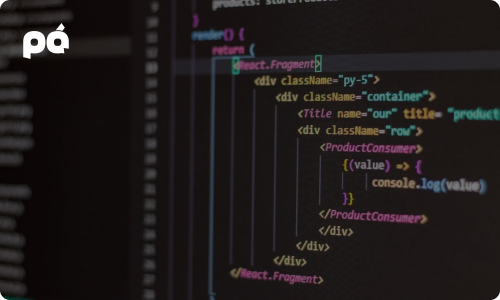Unleashing the Power of MEAN Stack: A Comprehensive Guide
Introduction
As technology evolves, businesses are always on the lookout for ways to stay ahead of the curve. The advent of MEAN stack has revolutionized web development, offering a powerful, efficient, and cost-effective way to build dynamic web applications. In this article, we’ll explore everything you need to know about MEAN stack, its components, and how to unleash its full potential.
What is MEAN Stack?

MEAN stack is a JavaScript-based technology stack that consists of four key components: MongoDB, Express.js, AngularJS, and Node.js. It is widely used for building dynamic web applications and offers several advantages over traditional server-side technologies. The stack is designed to be fully compatible with the JavaScript language, which makes it a popular choice for developers.
MongoDB: A NoSQL Database:
MongoDB is a popular NoSQL database that stores data in JSON-like documents. It is highly scalable, flexible, and offers a rich set of features that make it an ideal choice for building modern web applications. With its ability to handle large amounts of unstructured data, MongoDB can easily scale to meet the demands of any application.
Express.js: A Lightweight Web Framework:
Express.js is a minimalist web framework for Node.js. It provides a set of tools for building web applications, including routing, middleware, and error handling. Express.js is highly customizable and can be used to build a wide range of applications, from small, single-page applications to large-scale enterprise solutions.
AngularJS: A Comprehensive Front-End Framework:
AngularJS is a powerful front-end framework that allows developers to build dynamic web applications with ease. It provides a wide range of tools and features, including two-way data binding, dependency injection, and directives. AngularJS is highly customizable and can be used to build complex applications with ease.
Node.js: A Server-Side Platform:
Node.js is a server-side platform that allows developers to build scalable, high-performance web applications using JavaScript. It provides a non-blocking I/O model that makes it ideal for building real-time applications that require high concurrency.
Why MEAN Stack?

MEAN stack offers several advantages over traditional server-side technologies. First and foremost, it is a fully JavaScript-based stack, which means that developers can use a single language for both front-end and back-end development. This makes it easier to develop and maintain web applications, as developers don’t need to switch between different languages and frameworks.
MEAN stack is also highly scalable and flexible, making it an ideal choice for building modern web applications. With its ability to handle large amounts of unstructured data, MongoDB can easily scale to meet the demands of any application. Express.js provides a lightweight framework for building web applications, while AngularJS allows developers to build complex front-end interfaces with ease. Node.js provides a powerful server-side platform that can handle high concurrency and real-time applications.
Getting Started with MEAN Stack

To get started with MEAN stack, you’ll need to have a basic understanding of JavaScript and web development. Once you have that, you can start by installing Node.js on your computer. This will provide you with a powerful platform for building web applications using JavaScript.
Next, you’ll need to install MongoDB, which will provide you with a scalable and flexible NoSQL database for storing your data. You can then install Express.js and AngularJS, which will provide you with the tools and frameworks for building your web application.
Conclusion
MEAN stack is a powerful, efficient, and cost-effective way to build dynamic web applications. It offers several advantages over traditional server-side technologies and is becoming increasingly popular among developers. With its ability to handle large amounts of unstructured data, MEAN stack can easily scale to meet the demands of any application.


